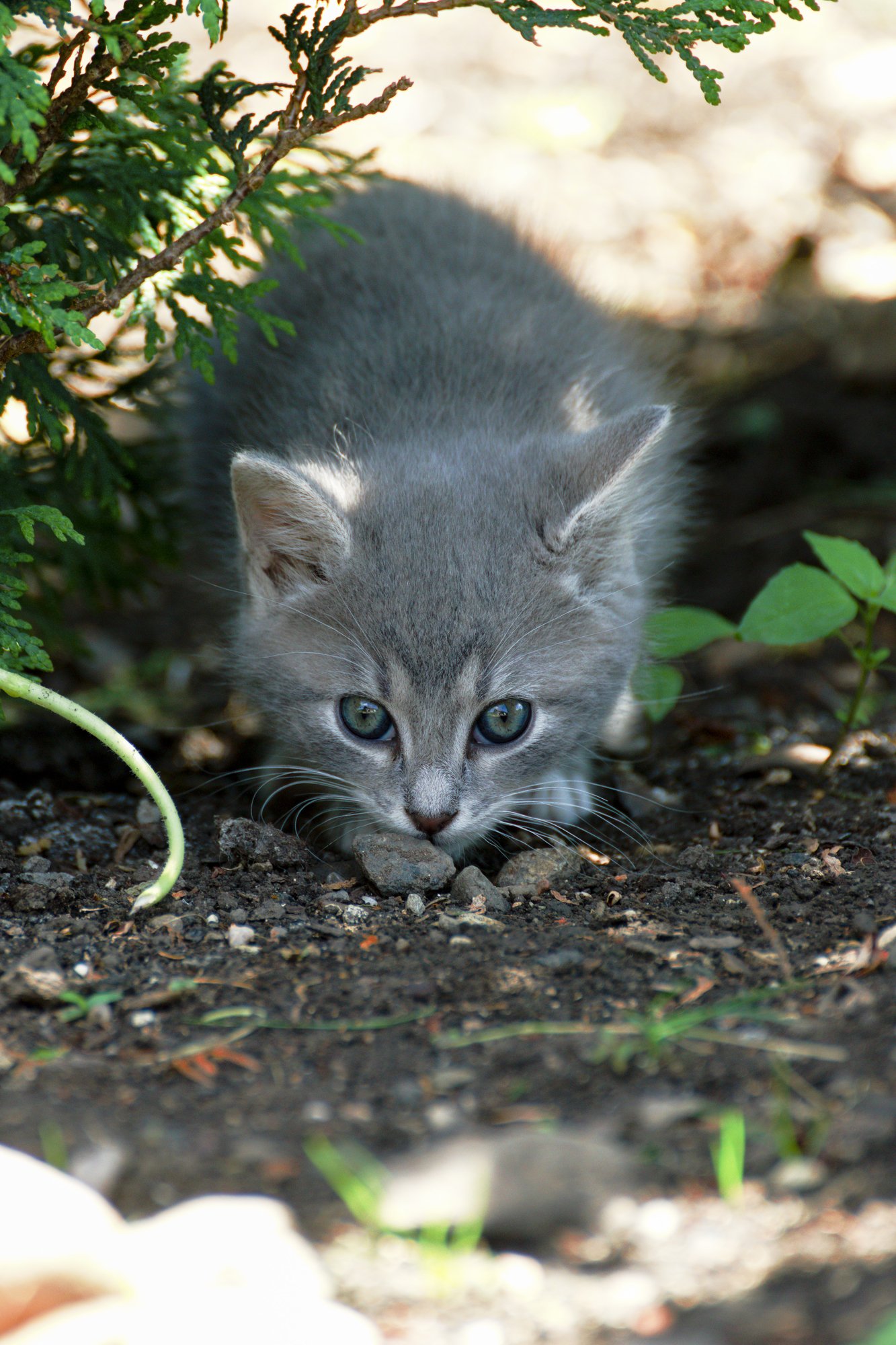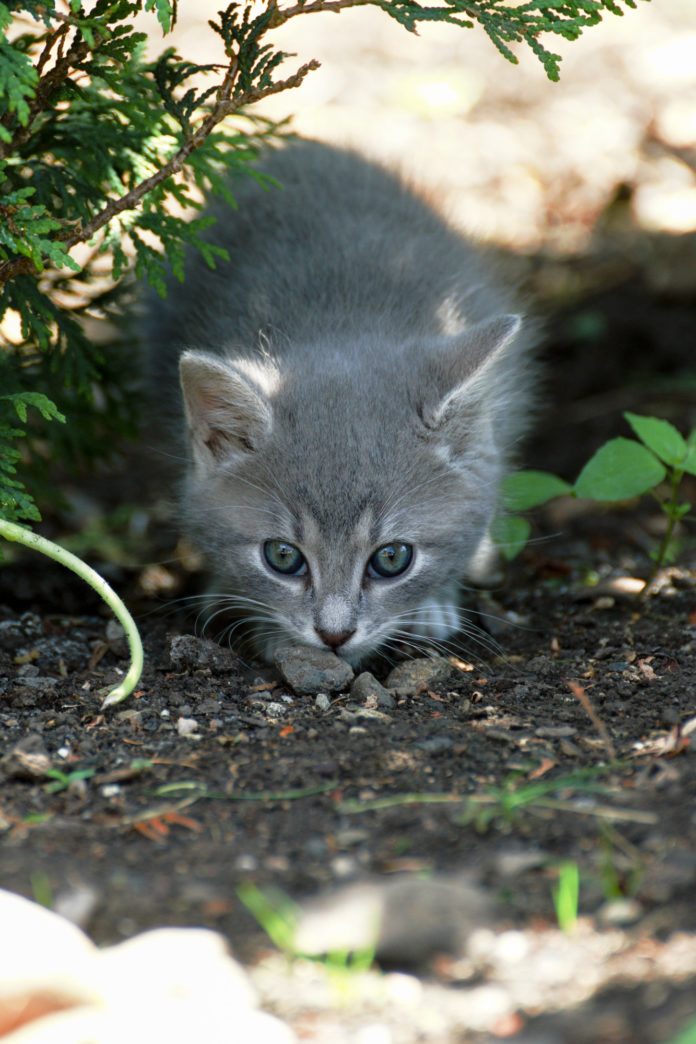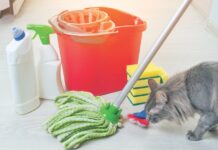Tylinek | Deposit Photos

In January, we wrote about the recent American Veterinary Medical Association (AVMA) updated guidelines on feeding cats to make feeding programs more natural, emphasizing a cat’s natural desire to hunt. Hunting keeps the cat active, which burns calories and promotes a healthy body weight and lean muscle mass. These five things will help you make feeding time more like a hunt.
1. Downsize. Rather than feeding your cat’s entire daily ration in one or two feedings, split it into five or six.
2. Space out meals. If you can, dole out your cat’s mini-meals throughout the day and into the evening. If work keeps you away, try automated feeders or stash servings throughout the house. Use caution with moist food in automated feeders, as it can dry out.
3. Make your cat hunt. Hide her mini-meals throughout the house so that she must search for them. Encourage her to be active by putting some on elevated surfaces and multiple floors of the house. If your cat has mobility problems due to age, weight, or illness, take care choosing hiding spots.
4. Use food puzzle toys. There are endless options for food puzzles! Just something as simple as putting your cat’s food in an egg carton requires her to think about how to access the different kibbles. Treat balls encourage play and exercise. Start with something easy and work up to challenging puzzles. Teaching your cat to use some of the puzzles can be a great bonding activity.
5. Provide private feeding spaces. Feed each cat in a separate area, ideally out of sight of other pets. Also keep food and water bowls separate from litterboxes for sanitation purposes.
Trying some of these methods for feeding your cat can help to keep her more active and entertained while you are away during the day. An added bonus is that it puts the responsibility of mealtime on your cat rather than you; instead of meowing for a can of food, your cat will search for a fresh stash.




